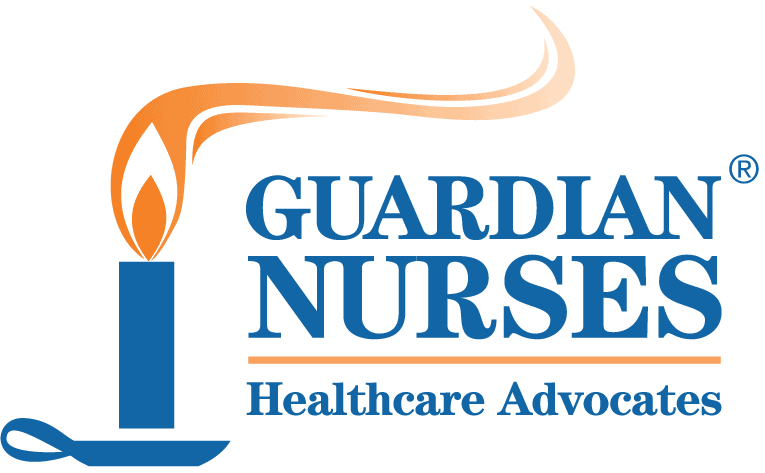I don’t know many women who would turn down roses or chocolate on Valentine’s Day. But during Heart Month, after you deliver the roses and chocolate, let’s talk about women’s heart health.
Many people believe that heart disease is ‘only’ a disease that affects men and that breast cancer is the leading cause of death in women. Both are false.
In fact, heart disease is the #1 killer of women but only 1 in 5 women believe that it is her greatest health threat.
Heart disease is more deadly than ALL forms of cancer combined. In the U.S., one in 31 women dies from breast cancer each year while heart disease is the cause of one out of three deaths—one death each 60-80 seconds.
Especially frustrating is that most cardiovascular diseases can still be prevented with education and healthy lifestyle changes—eating smarter, managing blood pressure and moving more.
While you’re enjoying your delicious dark chocolates, this issue of The Flame shares some facts on women and heart disease.
— Betty Long, RN, MHA, President/CEO, Guardian Nurses Health Advocates
Facts About Heart Disease in Women
- Heart disease and stroke can affect a woman at any age, making it critical for all women to understand their personal risk factors and family history. Women can also experience unique life events that can impact their risk, including pregnancy and menopause.
- The symptoms of heart disease can be different in women vs. men, and are often misunderstood.
- Women are often less likely to receive bystander CPR because rescuers often fear accusations of inappropriate touching, sexual assault or injuring the victim.
- Among females 20 years and older, nearly 45% are living with some form of cardiovascular disease and less than 50% of women entering pregnancy in the U.S. have good heart health.
- Cardiovascular disease is the #1 killer of new moms and accounts for over one-third of maternal deaths. Black women have some of the highest maternal mortality rates.
- Overall, 10% to 20% of women will have a health issue during pregnancy, and high blood pressure, pre-eclampsia and gestational diabetes during pregnancy greatly increase a women’s risk for developing cardiovascular disease later in life.
- Going through menopause does not cause cardiovascular disease, but the approach of menopause marks a point in midlife when women’s risk factors can accelerate, making increased focus on health during this pivotal life stage is crucial.
- 52% of high blood pressure deaths, otherwise known as hypertension or the “silent killer,” are in women, and out of all women, close to 58% of Black women have hypertension — more than any other race or ethnicity.
- While there are an estimated 4.1 million female stroke survivors living today, approximately 58% of total stroke deaths are in women.
- Women continue to be underrepresented in Science, Technology, Engineering and Math (STEM) fields, as well as in research. In fact, women occupy nearly half of all U.S. jobs (48%), but only 27% of jobs in STEM fields. Furthermore, only 38% of participants in clinical cardiovascular trials are women.
With all of these facts in mind, every woman is urged to “know your numbers” and get tested annually for the key numbers endorsed by the American Heart Association:
- Blood pressure
- Blood sugar
- Body Mass Index
- Total cholesterol
- HDL cholesterol
If there is good news, it’s that resources and education are finally targeting women. Go Red for Women is the American Heart Association’s comprehensive platform designed to increase women’s heart health awareness and the WiseWoman program is sponsored by the Centers for Disease Control. Working with low-income, uninsured and underinsured women aged 40 to 64 years, the WiseWoman program provides heart disease and stroke risk factor screenings and services that promote healthy behaviors.
Please, on this Valentine’s Day, if you are a woman or you are someone who loves a woman, take the time to take care of your/their heart! Read, educate yourself, make an appointment with your primary care provider to learn your risk for heart disease.
Information compiled from the American Heart Association, Centers for Disease Control and the Cleveland Clinic.

